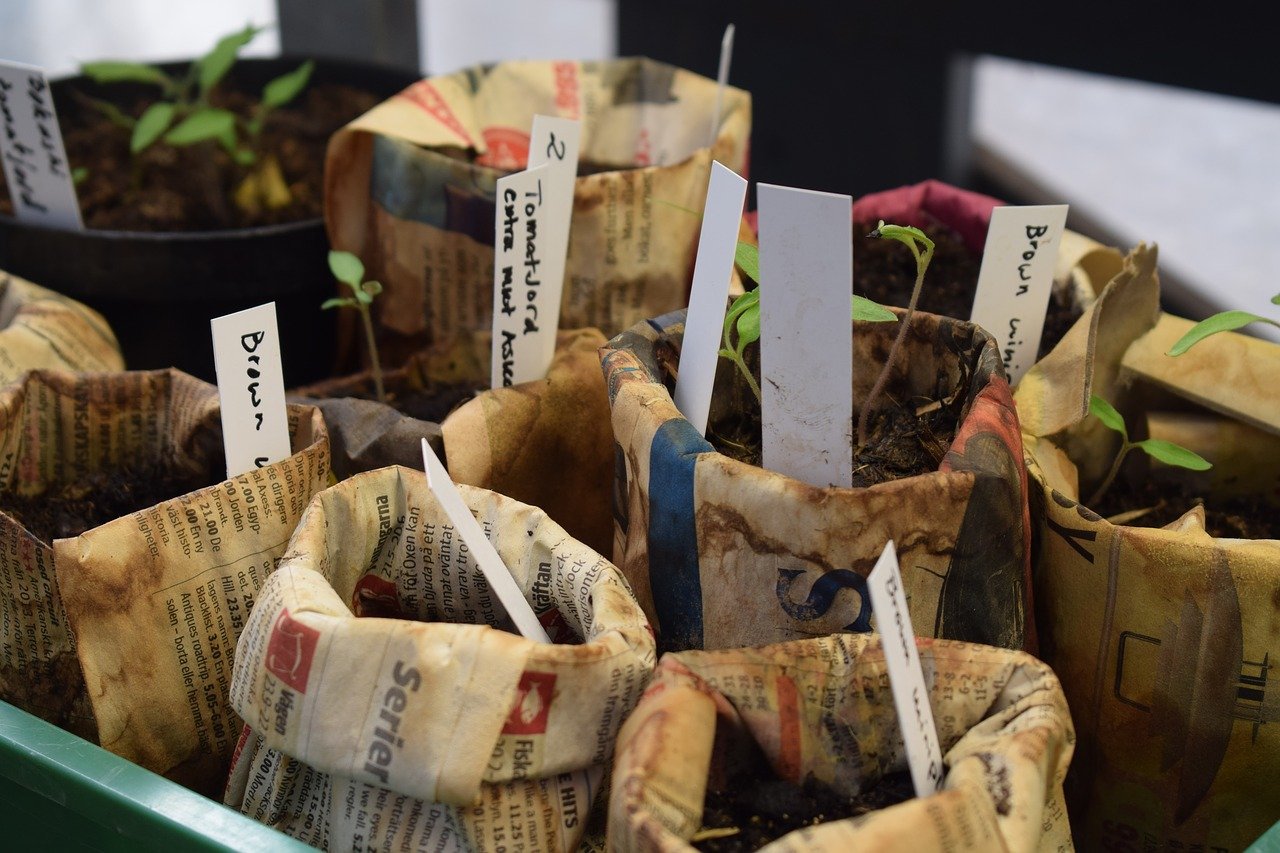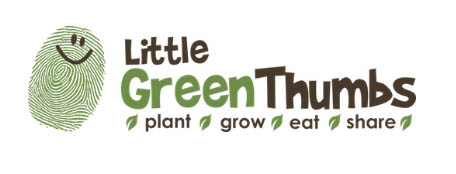
Indoor gardens: L.A.W.N.S. method
There are some basic maintenance steps we need to keep an eye on to ensure our plants growing indoors are healthy.
Monitor your plants regularly and consider your plants needs: light, air, water, nutrients, space.
Remember the acronym L.A.W.N.S.
Lights
• Set timer for 10-16 hours of light per day. Remember plants need some darkness!
• Keep lights a distance of 4 inches from the plant canopy if using LED or Fluorescent lights.
• Keep lighting kits clear from dust by storing in cloth or a plastic bag when not in use.
Air
• Try to place your garden in a location away from any cold drafts. Gardens grow best when daytime temperatures are between 18-24 degrees celcius.
• Use an oscillating fan for up to 4 hours each day as your garden begins to mature. This will encourage strong stem growth and provide airflow to prevent disease.
Water
• Ensure that seeds are kept moist while they are germinating.• Place a dome over your planted pellets until they have sprouted, to conserve moisture. Once sprouted, remove the dome. Use the dome if leaving the garden for extended periods.
• Always water self-watering containers into the bottom reservoir. Avoid watering the soil surface, as this can over-saturate the soil and lead to issues.
• Ensure that your bottom water reservoir of your self-watering containers don’t dry out completely, as this will affect the soils’ ability to wick water.
Nutrients
• Add nutrients in the form of fertilizer or vermicompost. See the application rates for your specific fertilizer.
• Add half-strenth liquid fertilizer to your seedlings once the first true leaves appear. These appear after the cotyledons (seed leaves). Use 1x per week.
• Check your potting soil to see if nutrients are already added. Adjust your nutrient application
rates as needed.
Space
• Thin your seedlings to one seedling per peat pellet. You may grow multiple kale, chard, lemon balm, parsley and basil seedlings in one pellet.
• Remember to pinch basil tops as plants grow to encourage bushier growth.
• Prune back plants in your garden to prevent crowding and encourage air flow.
Other
• Ensure all growing containers and germination trays are sterilized at the end of a growing season
and before use.
• Use soil-less potting mix for your growing containers. Do not use garden soil.
• Assist with pollination for self-pollinating flowers (tomatoes, pepper, beans, peas) by giving the plants a light shake or flick of the flowers.
• If growing squash or cucumbers with male and female flowers, assist with pollination by transferring pollen from male flowers to female flowers.
Thanks to Little Green Thumbs for providing the information and images on this page.


